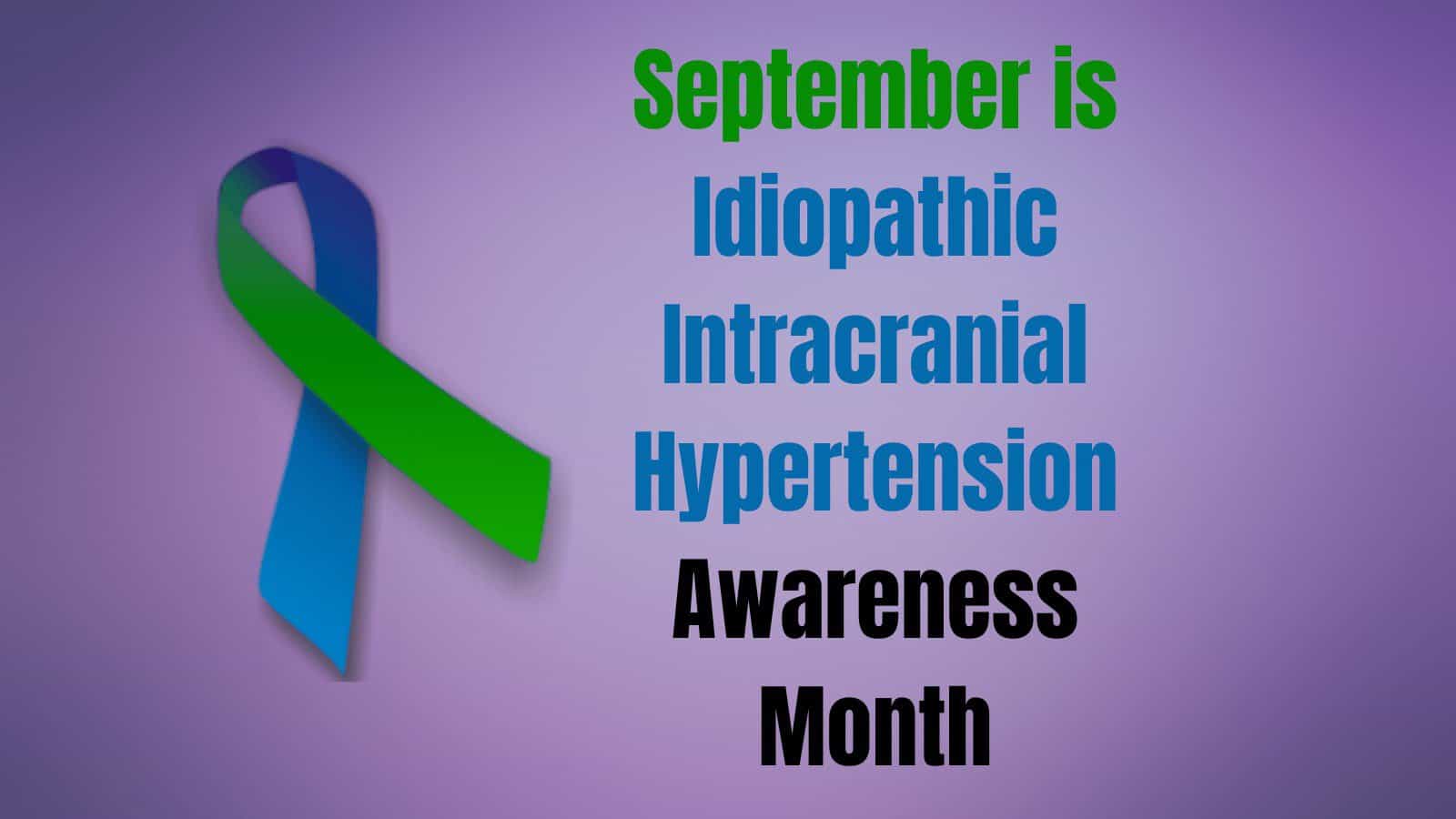
What is Idiopathic Intracranial Hypertension?
Idiopathic Intracranial Hypertension or IIH is a condition characterized by increased pressure inside the skull. (Idiopathic means “arising from an unknown cause”; intracranial means “in the skull”; and hypertension means “high fluid pressure.”)
This is the opposite of what many people with spinal CSF leak experience (intracranial hypotension, or low fluid pressure inside the skull).
The elevated CSF pressure that people experience with IIH can cause severe headache and vision loss. The incidence of IIH in the general population is thought to be about 1 per 100,000. You can read more about IIH here. and at the Intracranial Hypertension Research Foundation website.
How does IIH relate to spinal CSF leaks?
Many spinal CSF leak patients encounter increased CSF pressure in the skull after treatment in the form of Rebound Intracranial Hypertension (RIH)—the symptoms of which are similar to IIH.
In this talk from the very first Cedars-Sinai Intracranial Hypotension Symposium sponsored by the Spinal CSF Leak Foundation, Dr. Peter Kranz and Dr. Wouter Schievink discuss RIH, its symptoms, and its management:
Another of our medical advisors, Dr. Deborah Friedman, spoke on the subject of RIH and IIH at the 2018 symposium. You can view the slides of her talk here:

Further reading:
This classic study from 2014 by Dr. Linda Gray Leithe, Dr. Tim Amrhein, and Dr. Peter Kranz — titled “Rebound Intracranial Hypertension: A Complication of Epidural Blood Patching for Intracranial Hypotension” — was one of the first to investigate RIH. It concludes:
RIH is a potential complication of epidural blood patching that should be considered in patients who report headache after treatment. Particularly suggestive features include change in headache phenotype, development of new nausea, vomiting, or blurred vision, and symptom development in close relationship to blood patching. Patients should be monitored closely for development of these symptoms, and can be treated with CSF drainage and/or oral acetazolamide.
http://www.ajnr.org/content/35/6/1237
